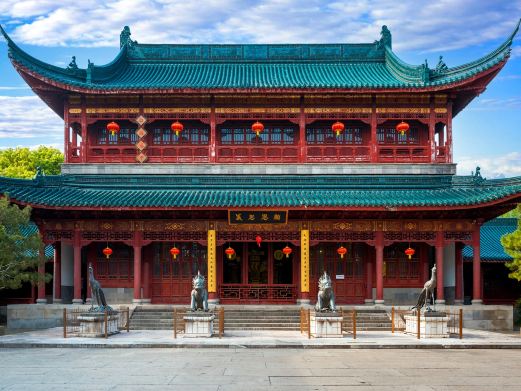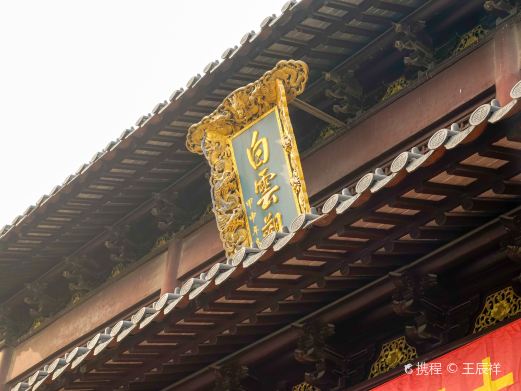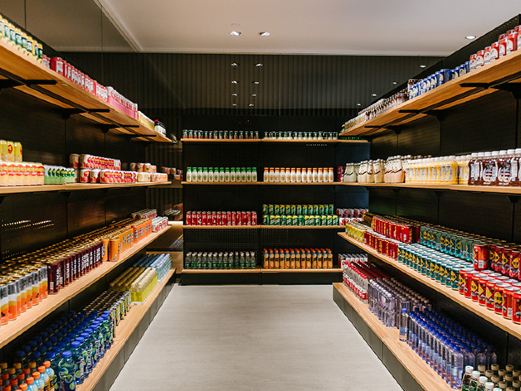Guyi Garden, originally a private residence, was first established during the Jiajing reign of the Ming Dynasty (AD 1522-1566) and was originally named ‘Yi Garden’, inspired by the phrase ‘green bamboo Yi Yi’ from the ‘Book of Songs’. In the 11th year of the Qianlong Emperor’s reign (AD 1746), it was renamed ‘Guyi Garden’. The architectural style of Guyi Garden is similar to that of Suzhou gardens, with pavilions and towers nestled among small bridges and flowing water, offering a changing view with every step, exuding a simple and elegant charm.
Guyi Garden features two main entrances; entering through the south gate leads to the Nanxiang Wall (screen wall), while the north gate leads to the Yiyue Hall. Visitors can enter through the south gate and exit through the north, or vice versa, without retracing their steps. Yiyue Hall serves as the garden’s main hall, supported by camphor wood pillars and connected by paths on all sides, allowing visitors to enjoy the surrounding scenery from its center.

To the east of Yiyue Hall lies the Playful Goose Pond, and to the south of the pond stands a peculiar structure within Guyi Garden—the Jue Jiao Pavilion, which is missing the northeast corner of its four corners. Moving eastward, visitors pass through the Mandarin Duck Lake and Pine and Crane Garden to reach the Qingqing Garden, where the scene of ‘green bamboo Yi Yi’ comes to life, with ancient buildings under the bamboo groves featuring upturned eaves and corners, appearing fresh and elegant.
Guyi Garden
Guyi Garden, originally a private residence, was first established during the Jiajing reign of the M[...]









